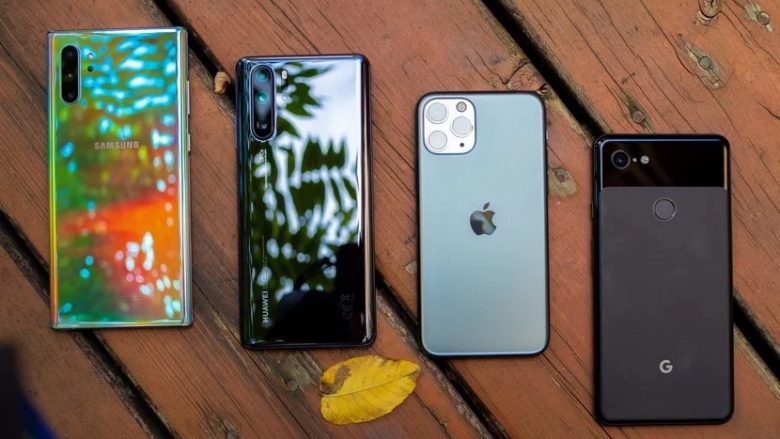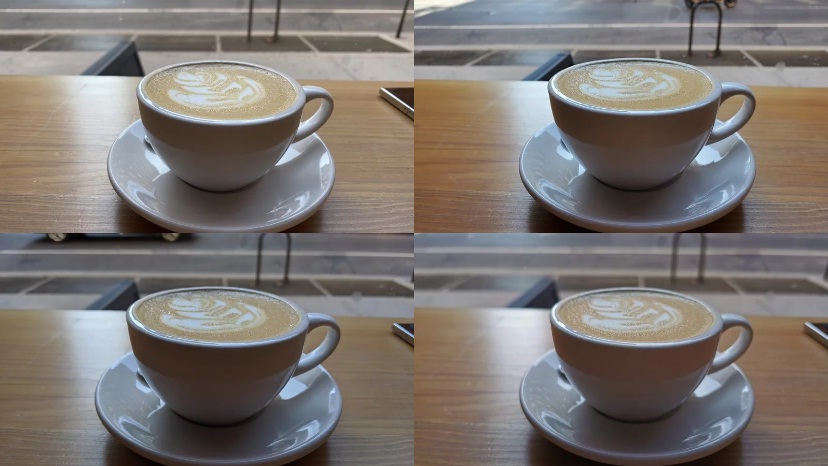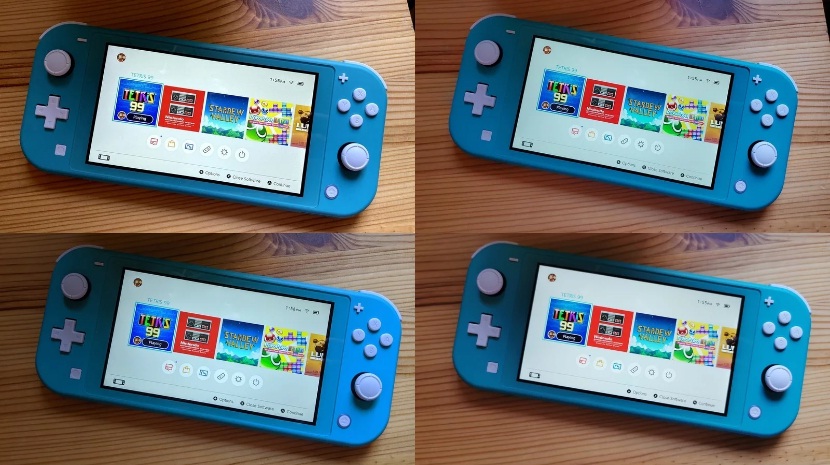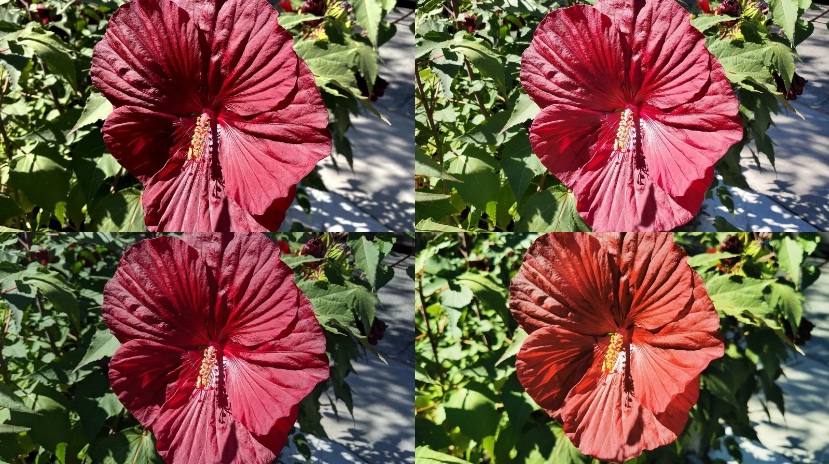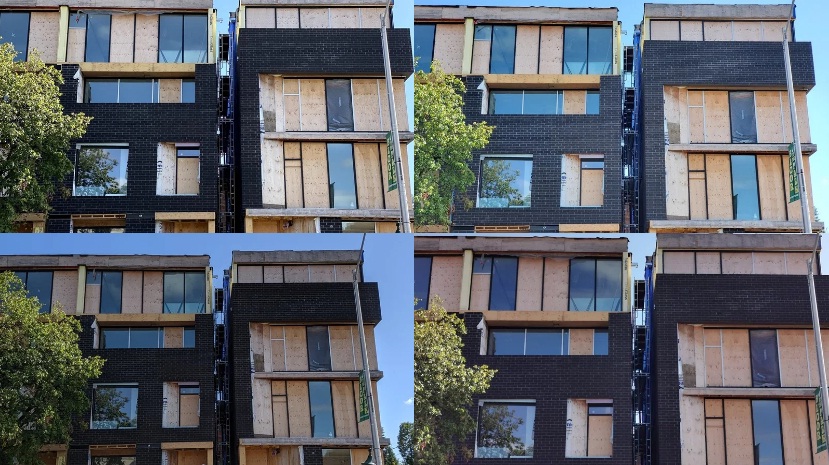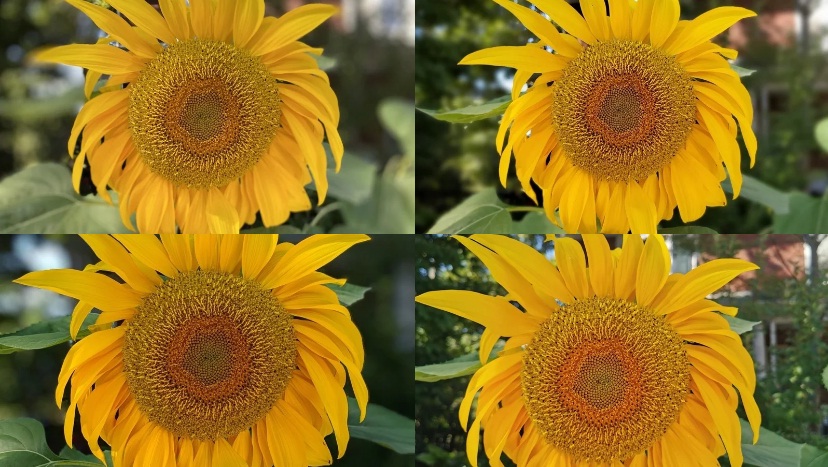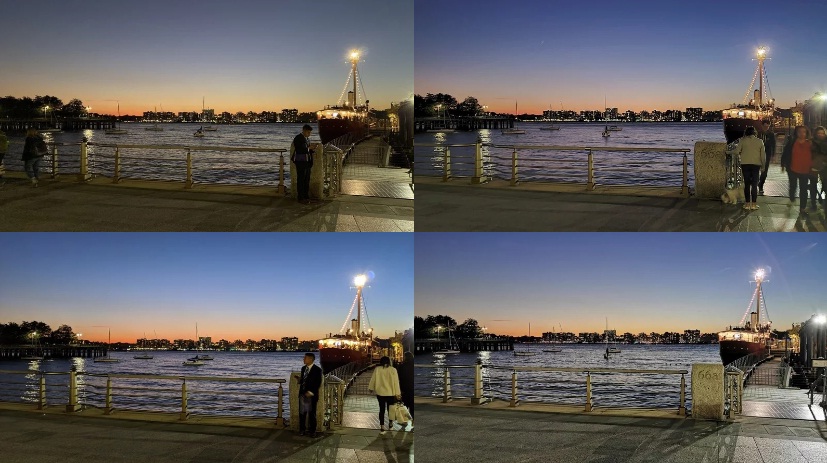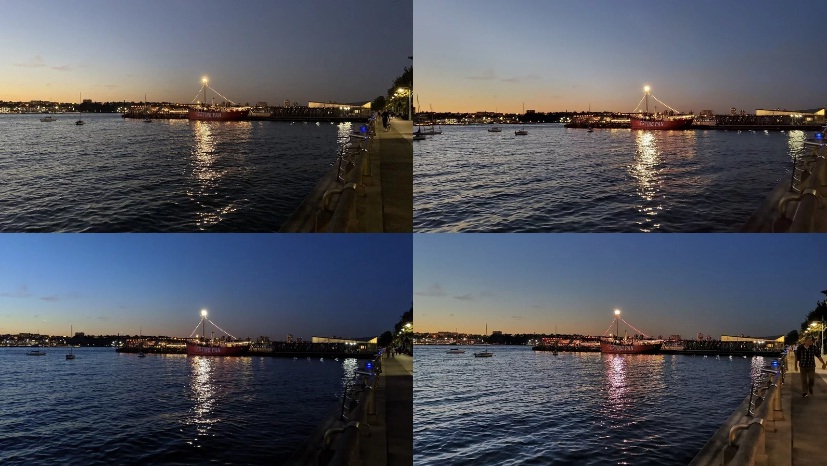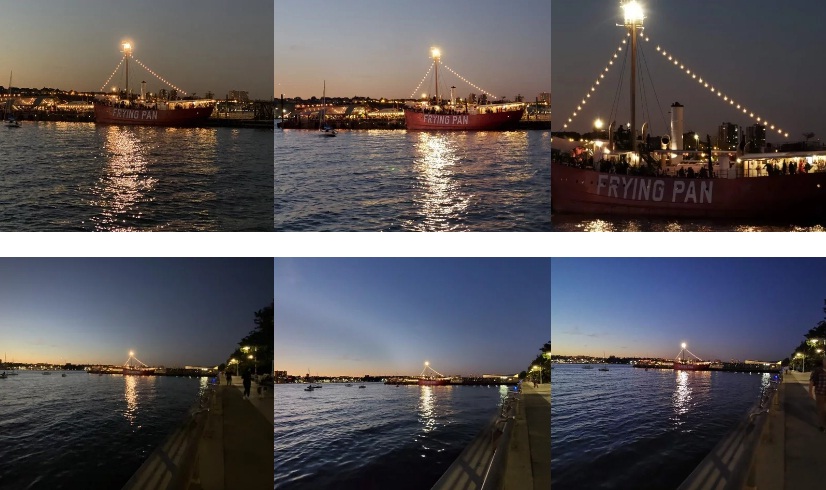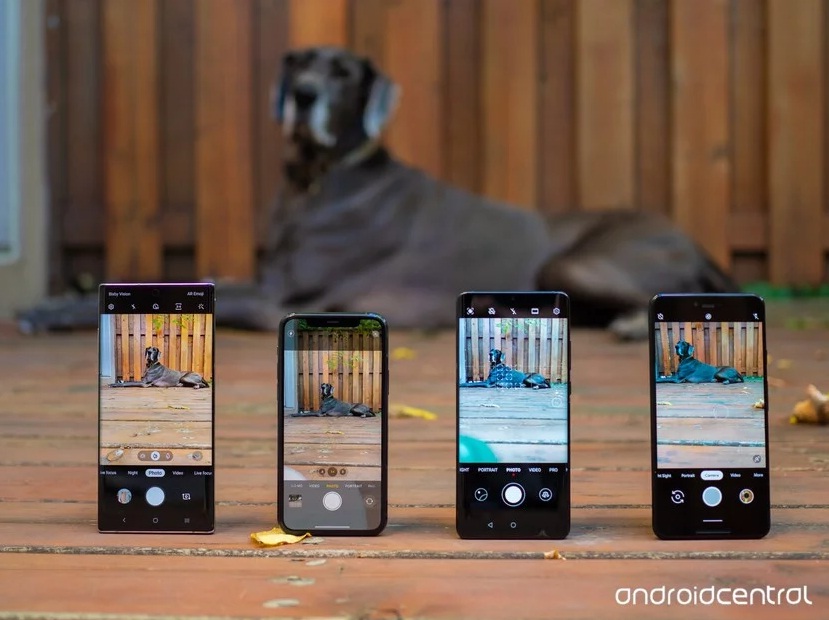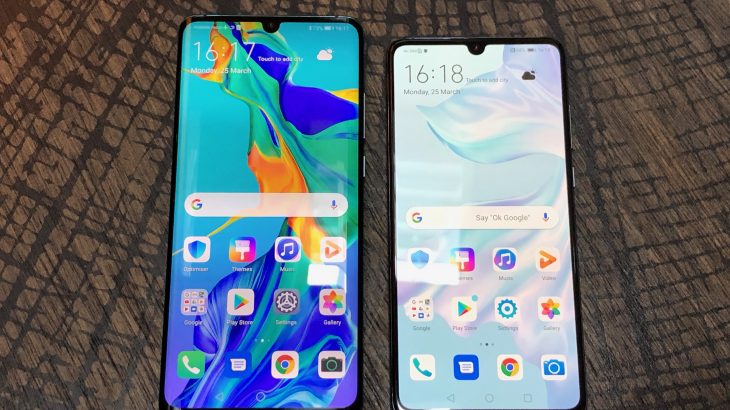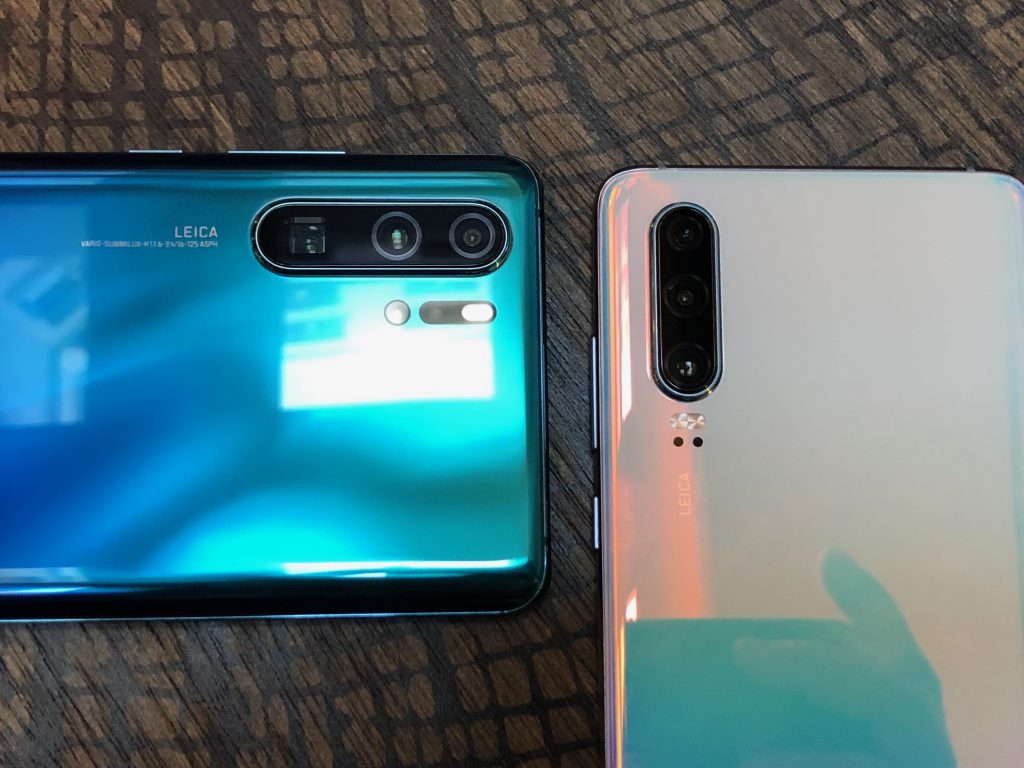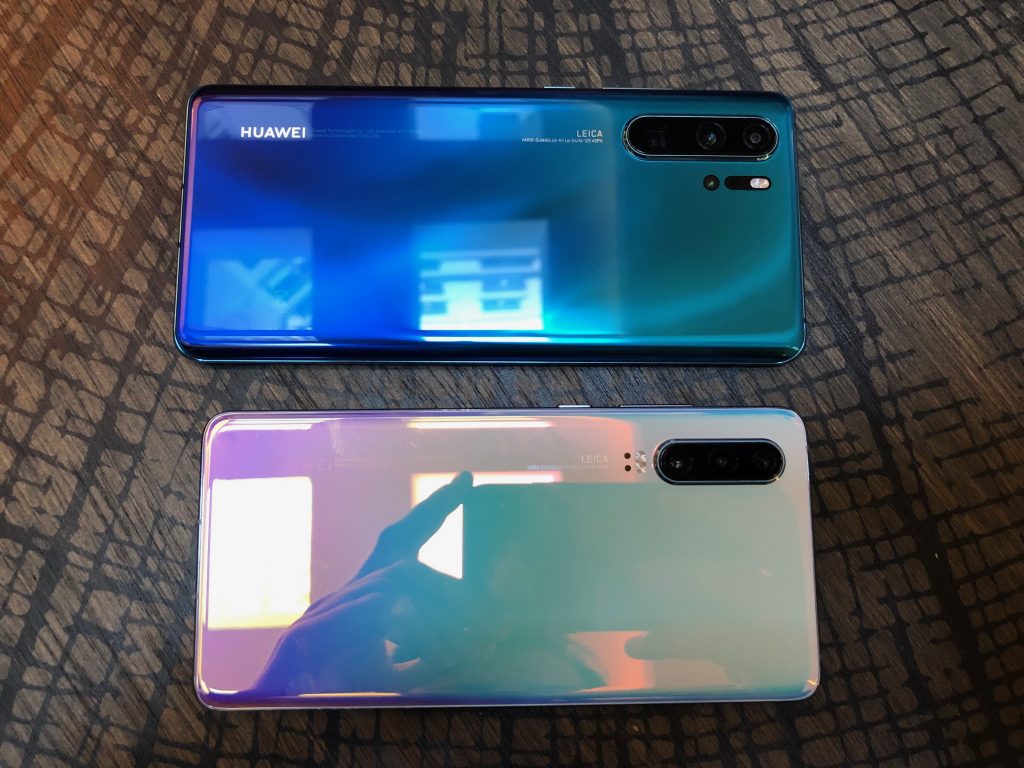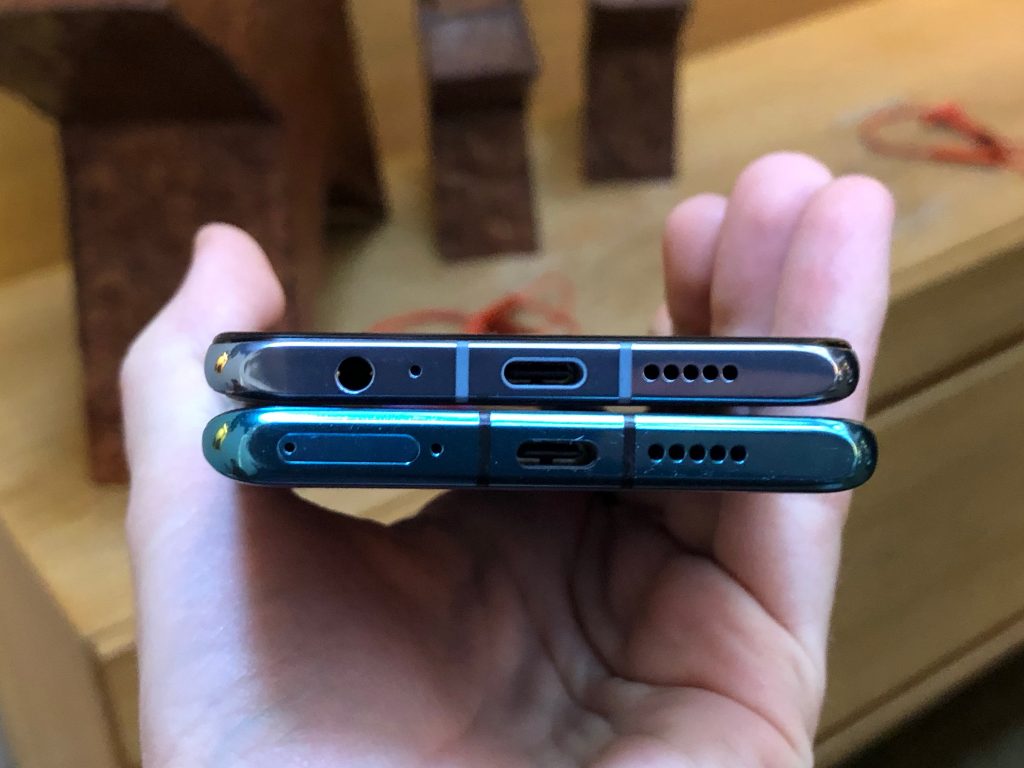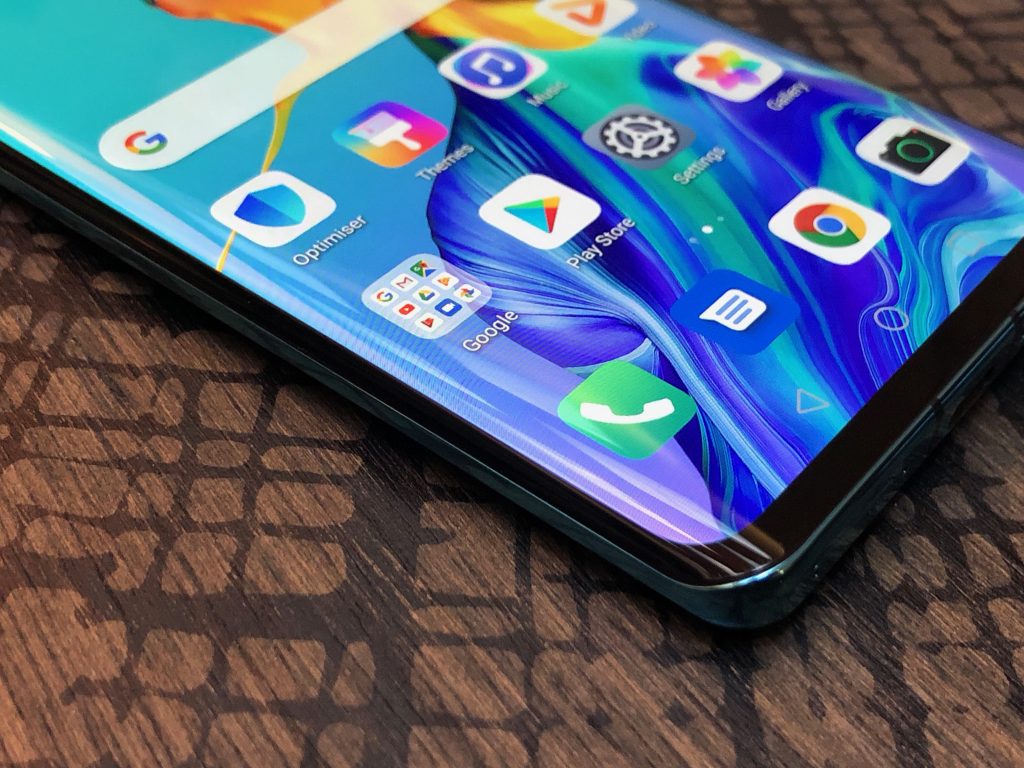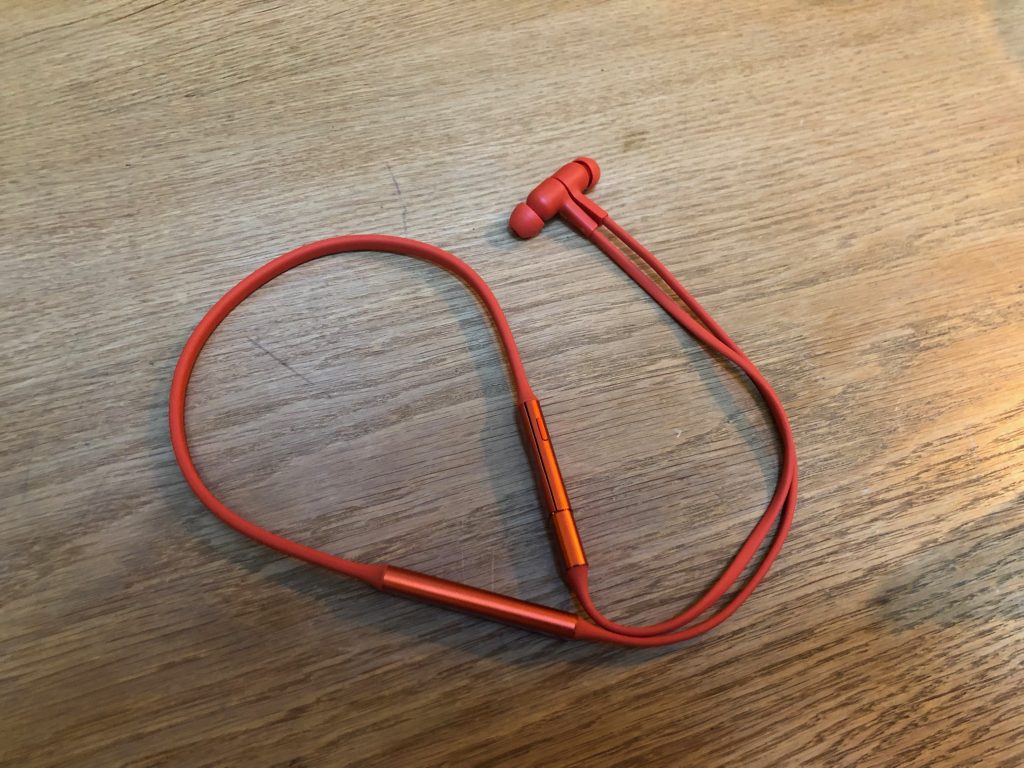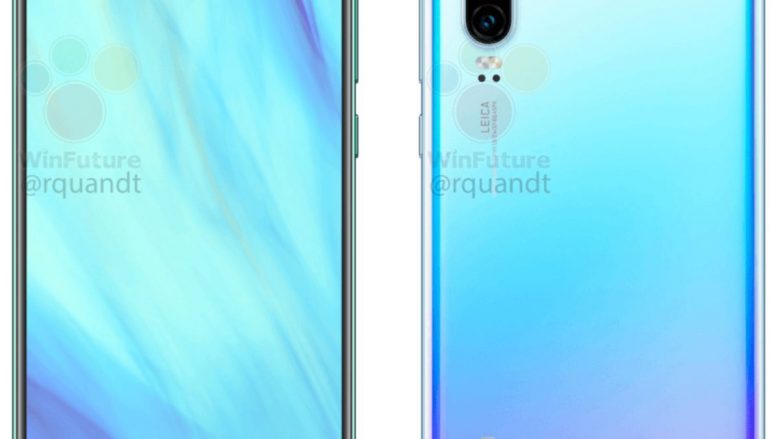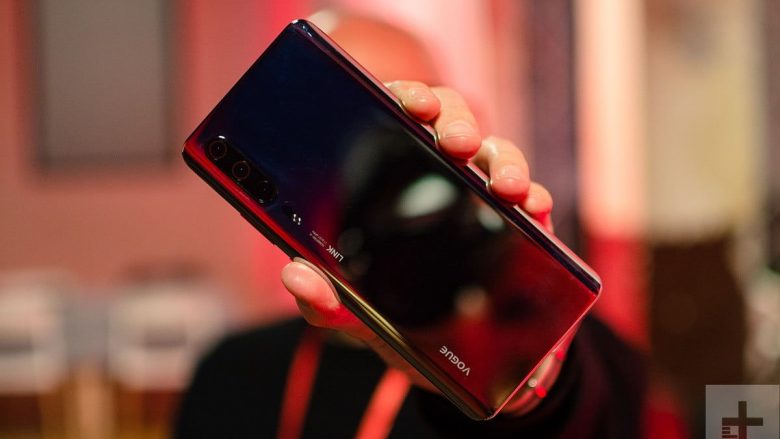Photography is one of the biggest battles when comparing high-end smartphones – especially between some of the most “powerful players” of Android and of course the iPhone 11 Pro.
To see which smartphones have the best cameras, Androidcentral has done some testing: where the iPhone 11 Pro competes with the Galaxy Note 10, Google Pixel 3 and Huawei P30 Pro.
Best Camera Phone? iPhone 11 Pro vs Galaxy Note 10 vs Google Pixel 3 vs Huawei P30 Pro
With different launch times, it is known that there is never a better moment to compare the phone cameras. In this form, the Pixel 3 and P30 Pro are included in comparison with the soon-to-be-released Google Pixel 4 and the newly launched Mate 30 Pro. Comparisons of new phones will certainly be included.
Right now, we have these four phones, considered to have the best cameras of the best. Here’s how they compare. Phones sets left and right, bottom and top: iPhone 11 Pro, Galaxy Note 10, Google Pixel 3 and Huawei P30 Pro. In the images posted below with telephoto and wide angle, the Pixel 3 drops but the other three phones remain at the same level.
#1. Daytime shoots
All three phones can take good pictures, though the iPhone 11 Pro is the most durable of them all when shooting in daylight.
#2. Low light photos
Generally, these phones have good cameras when taking photos in normal light. When there are not comparisons with pictures placed side by side, it is difficult to find any flaws. Portrait mode can always be enhanced, while full daylight shooting can be done well by all phones.
While the iPhone 11 Pro is very stable and accurate, Note 10 offers contrast and attention, Pixel 3 is neutral and precise, and the P30 Pro is balanced between the Note and iPhone.
> Read Next: Microsoft unveils Surface Duo, a folding screen phone
So what do you think about this? Let us know your thoughts in the comments section below, follow us on twitter and facebook for more news and updates.
